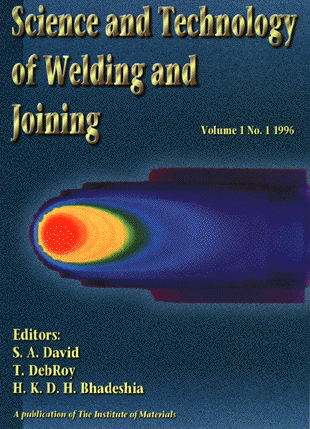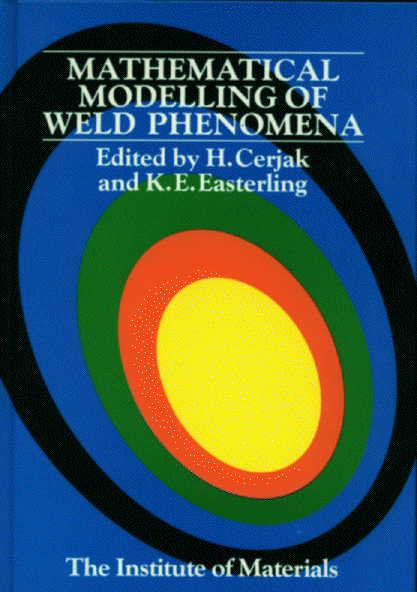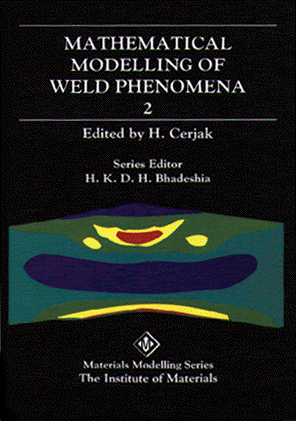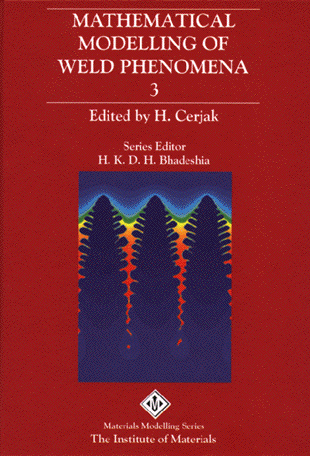

MICROSTRUCTURES IN HOT-WIRE LASER-BEAM WELDING OF HY 80 STEEL
E. S. Metzbower, H. K. D. H. Bhadeshia and R. H. Phillips
Abstract
Laser beam welding of 13 mm plates of HY80 steel resulted in
different microstructures in the fusion zone depending on the
welding process. Autogenous welds resulted in an untempered
martensitic structure, whereas, with the introduction of a hot
wire filler metal, the microstructures depended on the wire
feed. A slow feed resulted in a mixed martensite-bainite
microstructure and a fast wire feed resulted in a
microstructure that is primarily acicular ferrite. The
chemistry of the as deposited weld metals was different in each
case. The thermal profiles for the autogenous weldment were
calculated based on a two parameter model of laser welding that
utilises the fusion zone boundary as a measure of 'best fit'.
Based on the cooling rate of the autogenous fusion zone,
cooling rates for the two welds with hot wire filler metal were
rationalised. Using these cooling rates, the chemistry of the
weld metal and a model of microstructural development of the
weld metal, a computer calculation was made which gave volume
fractions of the phases similar to those observed
experimentally.
MATERIALS SCIENCE AND TECHNOLOGY, 1994, Vol.10, No.1, pp.56-59



|
A journal founded and edited by
S. A. David, T. Debroy and H.K.D.H. Bhadeshia
Published by The Institute of Materials, London, since 1996
|

|
Mathematical Modelling of Weld Phenomena
Eds. H. Cerjak and K. E. Eastering
Institute of Materials, London, 1993
|

|
Mathematical Modelling of Weld Phenomena 2
Edited by H. Cerjak
Series Editor H.K.D.H. Bhadeshia
Institute of Materials, London, 1995
|

|
Mathematical Modelling of Weld Phenomena 3
Edited by H. Cerjack
Series Editor H.K.D.H. Bhadeshia
Institute of Materials, London, 1997
|

|
Mathematical Modelling of Weld Phenomena 4
Edited by H. Cerjack
Series Editor H.K.D.H. Bhadeshia
Institute of Materials, London, 1998
|
Bainite





Surface relief due to bainite
![[Surface Relief due to Bainite]](https://www.phase-trans.msm.cam.ac.uk/images/relief1.gif)









![[Surface Relief due to Bainite]](https://www.phase-trans.msm.cam.ac.uk/images/relief1.gif)